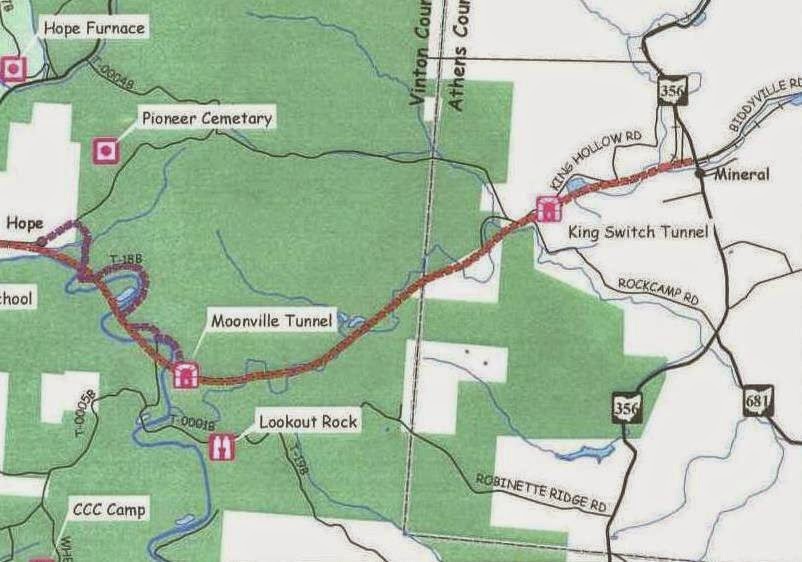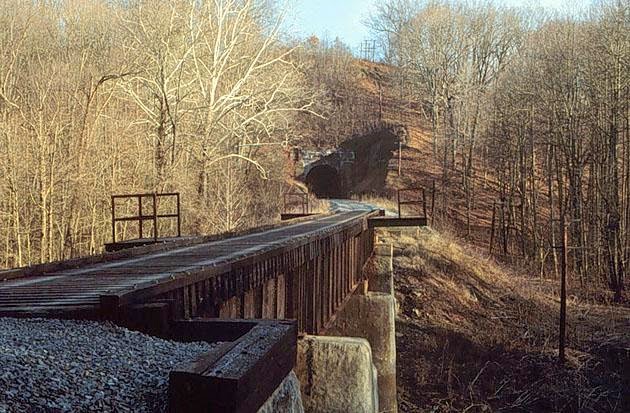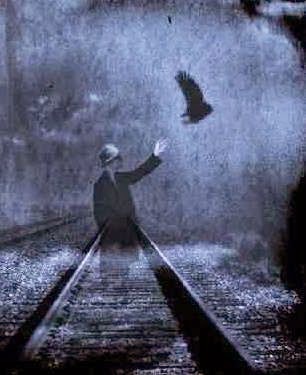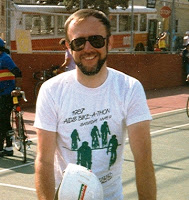I really was in the mood to prepare something more unusual and more interesting than just a run-of-the-mill story; but for a long time, the suggested topic “Reputation” did not inspire me. Naturally at first, I tried to think of a person whose reputation is remarkable. One came to mind, but I already have written about him.
On the other side of the coin and as occurs far too often, reputations are inflated, misleading, or even false. Quite often, a person’s reputation largely is the result of his “blowing his own horn,” in a sense, marketing himself. In contrast, those of us who, by nature or breeding, learned not to impose our own impressions of ourselves upon others suffer a lack of recognition and reward. Our accomplishments even may be met with skepticism because they are not widely known. My not settling upon any particular person, good or bad, I abandoned the thought of writing about a person.
Of course, the idea of reputation may apply to whole organizations, such as the I.R.S. or political organizations such as those financially supported by the Koch brothers, but I did not wish to upset my stomach and rejected them as a subject. Then, it occurred to me that reputation, good or bad, can apply to locations as well.
That’s when I decided to prepare something a little more amusing, writing about the abandoned Moonville railroad tunnel and all the wild rumors about it. Over the years, I have taken several rail-fan friends there to see it. The idea to write about it was sparked when I was doing a Google-search for railroad history near my home-town, and I stumbled upon an astonishing number of videos and websites devoted to supposed ghostly apparitions associated with the tunnel. This widespread reputation keeps growing. All one needs to do is talk to any person residing in the general area of the tunnel or just look on Google or YouTube for stories, pictures, and videos.

The ironic, but not surprising, reputation of the Moonville tunnel has nothing to do with reality or the utilitarian purpose of its construction but, rather, the generations of people who have imposed their fantasies upon the tunnel. Apparently, a large portion of the human population is prone to eagerly embrace such fantasies and escalate their spread.
Here is the factual history of the tunnel. Early in the nineteenth century, people living and working in southern Ohio decided that they needed a railroad to ship coal and iron, to take goods and produce to market, and to more conveniently move passengers. The construction of the Marietta and Ohio Railroad began in 1845. By 1856, the line had reached into the wilds of the isolated Zaleski Forest, named after a Polish count who had been persuaded to invest in the railroad with the hope of profiting from the coal reserves lying in the area. Vinton County remains as the most heavily forested and least populated county in Ohio. More memorable for me is the fact that the area surrounding Moonville is rather desolate, gloomy, inhospitable, and can be reached only by circuitous gravel roads through the forest. That alone can contribute to a person’s developing strange feelings about Moonville.
The tiny village of Moonville was built to house railroad-construction workers, miners, and those forging artillery pieces at nearby Hope Furnace for the Union army. The village consisted of a small row of clapboard houses, a general store, saloon, a saw mill along Raccoon Creek, and a cemetery atop the high ridge just to the east. At its peak in 1876, Moonville housed only around one hundred people. By 1947, the last family left, and the remaining structures crumbled into nothing. Only a few sandstone foundation stones remain.
It was that high ridge that obstructed the railroad without its having to be diverted in a large loop along Raccoon Creek to the other side. So, a tunnel was dug out and lined with brick. Above each portal, protruding bricks proudly spelled the name “Moonville.”
By 1887, the Baltimore and Ohio Railroad had crossed into Ohio, and they bought the Marietta and Cincinnati, using it as the main southwestern line from Washington to Cincinnati and St. Louis. In the later 20th century, in addition to freight-train traffic, Amtrak leased the rights to run passenger trains on the line. The one time in the early ’80s that I decided to go to Athens by train turned out to be the very last run of the Amtrak “Shenandoah” on the southwest line and through the Moonville Tunnel.

The final owner, CSX Corporation, tired of maintaining that mainline through the low and isolated Zaleski Forest and cleaning up train wrecks such as the coal train that I saw tipped over right at the eastern portal. They abandoned the line by 1988 and pulled up the track, ties, and the short bridge near the west portal. I was surprised that CSX, out of any over-concern about potential injury and liability, did not close the tunnel by blowing up the portals. Instead, a portion of the line has been turned from rails into trails, allowing people to hike through the tunnel.

Because of Moonville’s isolated and unusual setting, tales of hauntings around the tunnel began as early as the 1890s. I suppose that it’s human nature to imagine experiencing paranormal phenomena and to weave tales about what they supposedly saw. Usually, such tales surround tragic events and deaths. There certainly were some incidents over 150 years, although such things can happen anywhere. It’s just that Moonville Tunnel makes for such an appropriate setting.
During the 19th century, the job of railroad brakeman was one of the most dangerous jobs known. Sure enough in 1859, a brakeman fell off a train near Moonville and was run over.
Over the years, local people often avoided the winding roads and made a habit of walking the rails, taking a shortcut through the tunnel, or hopping freights for a more direct route to Moonville. In 1866, a ten-year-old girl was walking on the small bridge near the west portal and was hit by a train. In 1876, thirteen-year-old Henry Sharkey hopped a freight, tried to jump off near Moonville, and was run over. In 1880, James Hood road a freight train from Athens to Moonville, jumped off, but smacked his head on a post. Mrs. Patrick Shay was trying to cross that same bridge in 1905 and was killed by a locomotive. Allen Albaugh hopped a freight in 1907 and fell off near the tunnel. Coal-miner Rastus Dexter took a shortcut through the tunnel in 1920 but did not make it to the other end. As recently as 1986, a girl scout on a hike tried to beat a train across the bridge.
There were a few other kinds of deaths, too. David Keeton was murdered along side the tracks in 1886, and another man was murdered in the Moonville Tavern in 1936.
But it was the 1880 head-on train crash that has sparked the most tales over the years. The tales spun around this incident grew to the point that someone even wrote a folk ballad about it. Starting with westbound train No. 99 in 1895 and for generations afterwards, locals told tales of a ghostly railroad man with a lantern trying to stop approaching trains near the tunnel. Rumor has it that this occurred so often that engineers were instructed to ignore such visions in the area of Moonville.
What amazes and amuses me is that the current generation of teenagers, college students, and locals, have not only perpetuated the tales surrounding Moonville Tunnel but actually have increased their number. Clusters of kids make the long trek through the Zaleski Forest to experience, what they hope to be, ghostly encounters. So called “ghost clubs” have sprung up, and whole groups come out to the tunnel, sometimes even at night, bringing their cameras and sound equipment. Often, they do convince themselves that they have witnessed something strange. A college student swore in 1993 that he actually saw a swinging lantern in the tunnel. Then these young ghost-hunters, fascinated with their experiences, upload their stories, pictures, and videos onto the web.
The unfortunate result of all this attention to the Moonville Tunnel and its reputation is that many kids have felt the urge to spray-paint graffiti throughout the tunnel and over the bricks forming the name on each portal. Fortunately, the cemetery on the hill above the tunnel has been left alone. Mother Nature has not been so crass as the kids have been, but she has contributed to the decay of the area around the tunnel. Within a few short years, new trees and shrubs have crowded in on either side of the railroad right-of-way, and soil has crumbled down upon the path.
Moonville is a perfect example of reputation based upon people’s perception and imagination rather than more prosaic facts. It also is a good example of how such a reputation can grow and spread. Once this happens, people are less interested in hearing facts, especially when the facts are far less exciting than the myths. After all, the Moonville myths are so much more fun.

© 9 October 2014
About the Author
I have had a life-long fascination with people and their life stories. I also realize that, although my own life has not brought me particular fame or fortune, I too have had some noteworthy experiences and, at times, unusual ones. Since I joined this Story Time group, I have derived pleasure and satisfaction participating in the group. I do put some thought and effort into my stories, and I hope that you find them interesting.





